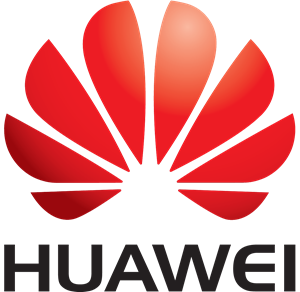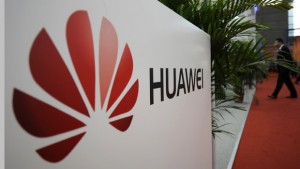2 mins read
Huawei under fire after admitting to using less-powerful chips in flagship P10 smartphone

Yu said user experience shouldn’t be impaired because of product design adjustments, but consumers took to online forums to counter that speed testing results showed varying performances. Huawei has also had a marketing stumble over memory chip specification in its other high-end Mate 9 model – illustrating both how a global memory chip shortage is causing problems for smartphone makers, and the challenges Huawei faces in trying to overtake Apple with its top-end phones.
Tags:
- ‘Get a Mac’ actor mocks Apple in the latest Huawei advertisement
- Apple in 2016: Report
- China's Huawei grew faster than Samsung
- China's Weibo surpasses Twitter in market capitalisation
- Huawei sues Samsung: Korean giant fined $11.6 million in patent case
- LG G6 vs Huawei P10 vs Apple iPhone 7: Comparison
- MWC 2017: Huawei P10
- P10 Plus seek to fill 'Samsung Note 7 gap'






